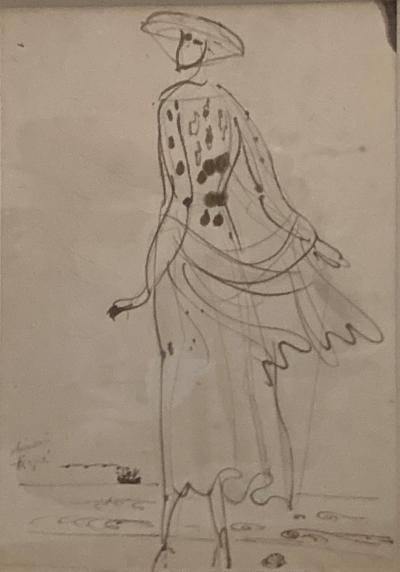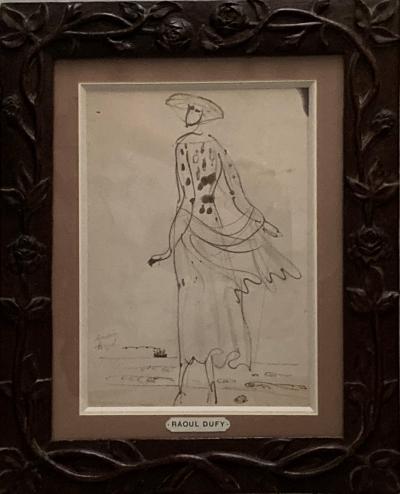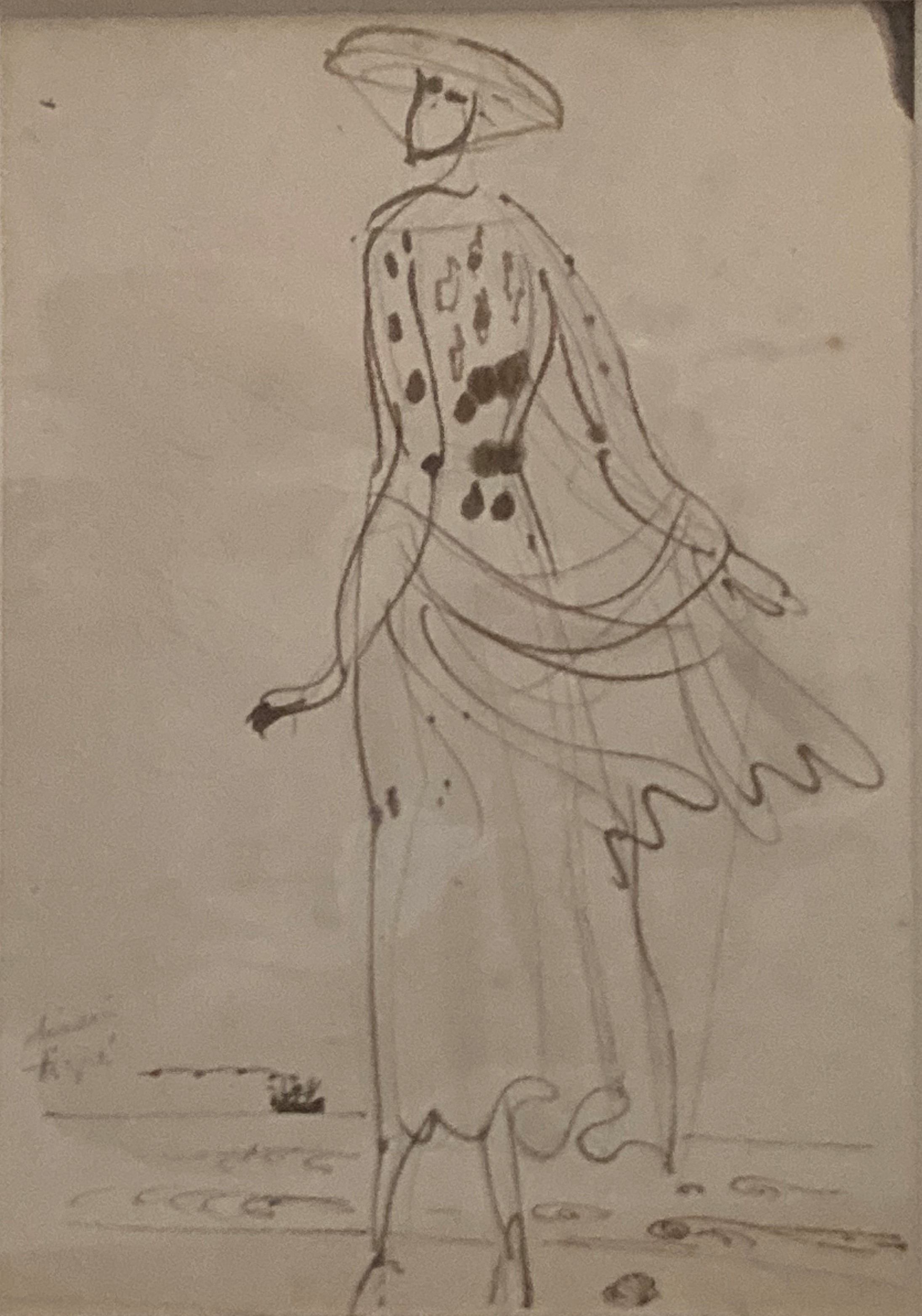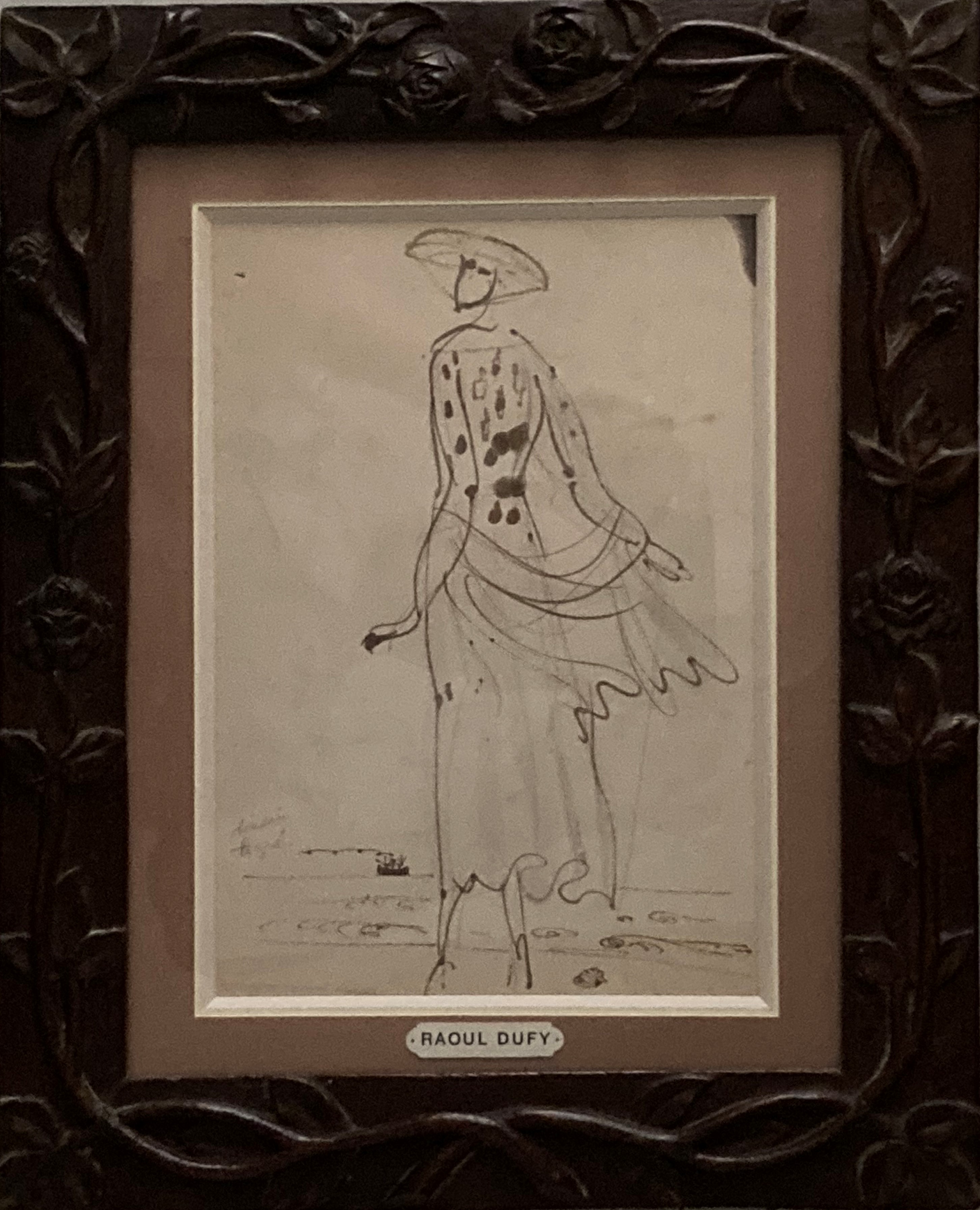-
-
- Alex Katz(2)
- Alexander Calder(24)
- André Derain(80)
- Andy Warhol(47)
- Antoni Tapiès(28)
- Arman(39)
- Aurélie Nemours(1)
- Bengt Lindström(9)
- Bernard Buffet(221)
- César(14)
- Charles Eames(1)
- Charlotte Perriand(9)
- Claude Weisbuch(49)
- Corneille van Beverloo(16)
- Eduardo Chillida(10)
- Georges Braque(80)
- Gustav Klimt(6)
- Hans Bellmer(18)
- Hans Hartung lithograph(31)
- Henri Matisse(200)
- Hervé Télémaque(5)
- Jacques Villeglé(4)
- Jean Cocteau(191)
- Jean Hélion(10)
- Jean Miotte(1)
- Jean Picart Le Doux(4)
- Joan Miro(116)
- Julio le Parc(1)
- Karel Appel(1)
- Keith Haring(10)
- Ladislas Kijno(3)
- Léonard Tsugouharu Foujita(49)
- Leonor Fini(86)
- Louis Toffoli(7)
- Marc Chagall(479)
- Marie Laurencin(49)
- Maurice de Vlaminck(82)
- Maurice Utrillo(18)
- Max Ernst(40)
- Mimmo Rotella(5)
- Niki de Saint Phalle(6)
- Pablo Picasso(411)
- Peter Klasen(6)
- Philippe Pasqua(4)
- Pierre Alechinsky(50)
- Pierre Soulages lithographs(35)
- Pierre Tal-Coat(6)
- Pierre-Yves Trémois(36)
- Raoul Dufy(55)
- Robert Combas(7)
- Salvador Dali(433)
- Théo Tobiasse(5)
- Tony Soulié(10)
- Valério Adami(28)
- Victor Vasarely(19)
- Yves Brayer(35)
- Zao Wou-Ki(18)
Top artists -
-
-
-
- Alex Katz(2)
- Alexander Calder(24)
- André Derain(80)
- Andy Warhol(47)
- Antoni Tapiès(28)
- Arman(39)
- Aurélie Nemours(1)
- Bengt Lindström(9)
- Bernard Buffet(221)
- César(14)
- Charles Eames(1)
- Charlotte Perriand(9)
- Claude Weisbuch(49)
- Corneille van Beverloo(16)
- Eduardo Chillida(10)
- Georges Braque(80)
- Gustav Klimt(6)
- Hans Bellmer(18)
- Hans Hartung lithograph(31)
- Henri Matisse(200)
- Hervé Télémaque(5)
- Jacques Villeglé(4)
- Jean Cocteau(191)
- Jean Hélion(10)
- Jean Miotte(1)
- Jean Picart Le Doux(4)
- Joan Miro(116)
- Julio le Parc(1)
- Karel Appel(1)
- Keith Haring(10)
- Ladislas Kijno(3)
- Léonard Tsugouharu Foujita(49)
- Leonor Fini(86)
- Louis Toffoli(7)
- Marc Chagall(479)
- Marie Laurencin(49)
- Maurice de Vlaminck(82)
- Maurice Utrillo(18)
- Max Ernst(40)
- Mimmo Rotella(5)
- Niki de Saint Phalle(6)
- Pablo Picasso(411)
- Peter Klasen(6)
- Philippe Pasqua(4)
- Pierre Alechinsky(50)
- Pierre Soulages lithographs(35)
- Pierre Tal-Coat(6)
- Pierre-Yves Trémois(36)
- Raoul Dufy(55)
- Robert Combas(7)
- Salvador Dali(433)
- Théo Tobiasse(5)
- Tony Soulié(10)
- Valério Adami(28)
- Victor Vasarely(19)
- Yves Brayer(35)
- Zao Wou-Ki(18)
Top artists -
-
Raoul DUFY - Dress for Paul Poiret - Drawing
Dress for Paul Poiret, circa 1917
Ink drawing on paper with annotation bottom left of the composition "striped drawing", 30 x 20 cm
The drawing represents an elegant woman on the seashore, wearing a dress and a veiled hat.
Certificate of authenticity of Madame Fanny Guillon-Lafaille dating from 28th June 2000
In 1910, Paul Poiret, inspired by the creations of Raoul Dufy, propose the creation of fabrics. Together they found a fabric-printing workshop, "La petite usine" ("The small factory"), for which Dufy draws patterns, engraves wood used for printing and often prints himself. But it is from 1912 onwards that, by signing a contract for collaboration with the Lyon silk fabric factory Bianchini-Férier, that the artist will fully express his talent as a creator of fabrics and as a decorator.
Dimensions :
- Height : 30 cm
- Width : 20 cm
 Raoul Dufy :
Brother of artist Jean Dufy, Raoul was born in 1877 in Le Havre where he spent his childhood. Fine Arts school student, he works in Paris since 1900, showing art fisrt an interest in impressionist and postimpressionist artists. Dufy works with Albert Marquet at Fécamp, Trouville and Le Havre. 1905 marks for him an evolution toward a new painting. The discovery of Matisse's "Luxe, calme et volupté" (1904) is at that time a revelation of his rupture from impressionism ("Jeanne in the flowers", 1907). Around 1909, his work becomes lighter, adding grace and humor ("The bois de Boulogne", 1909). The artist also reveales himself in the illustration of litterary works as "Bestiaire d'Orphée" by Apollinaire in 1910. He also shows interest in decorative art and creates a textile decoration compagny with Paul Poiret in 1911. After the second World War, his painting reachs his final style, characterized by a sharp drawing, pure colors with arbitrary contour, generally representing a crowd on tint areas of bright colors ("Race in Epson", 1935). After the war the artist pratice more and more watercolor and the end of his life leads his work toward a greatest starkness ("The red violin", 1948). In 1952, Dufy won The International Grand Prize of Painting at the XXVIth Venice Biennale, he died the following year.
Raoul Dufy :
Brother of artist Jean Dufy, Raoul was born in 1877 in Le Havre where he spent his childhood. Fine Arts school student, he works in Paris since 1900, showing art fisrt an interest in impressionist and postimpressionist artists. Dufy works with Albert Marquet at Fécamp, Trouville and Le Havre. 1905 marks for him an evolution toward a new painting. The discovery of Matisse's "Luxe, calme et volupté" (1904) is at that time a revelation of his rupture from impressionism ("Jeanne in the flowers", 1907). Around 1909, his work becomes lighter, adding grace and humor ("The bois de Boulogne", 1909). The artist also reveales himself in the illustration of litterary works as "Bestiaire d'Orphée" by Apollinaire in 1910. He also shows interest in decorative art and creates a textile decoration compagny with Paul Poiret in 1911. After the second World War, his painting reachs his final style, characterized by a sharp drawing, pure colors with arbitrary contour, generally representing a crowd on tint areas of bright colors ("Race in Epson", 1935). After the war the artist pratice more and more watercolor and the end of his life leads his work toward a greatest starkness ("The red violin", 1948). In 1952, Dufy won The International Grand Prize of Painting at the XXVIth Venice Biennale, he died the following year.
This item is not available. Please click on « View the catalog » to see similar items available.





